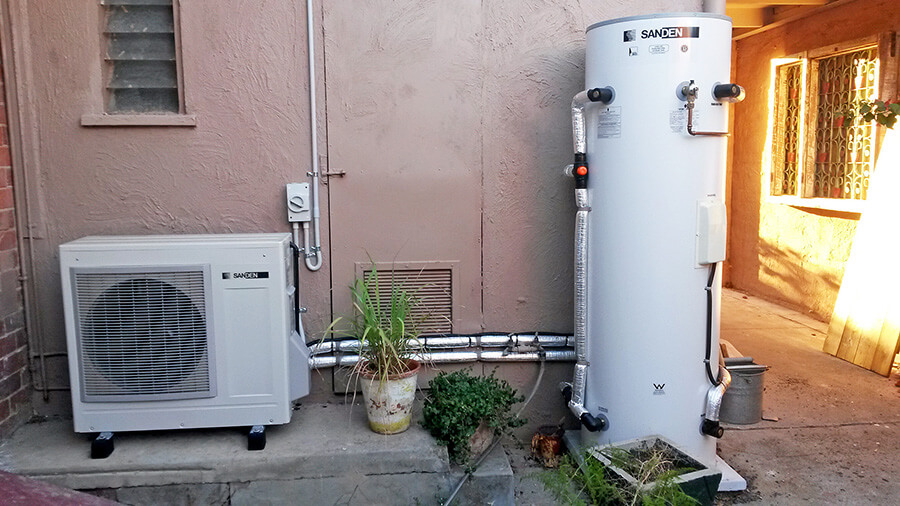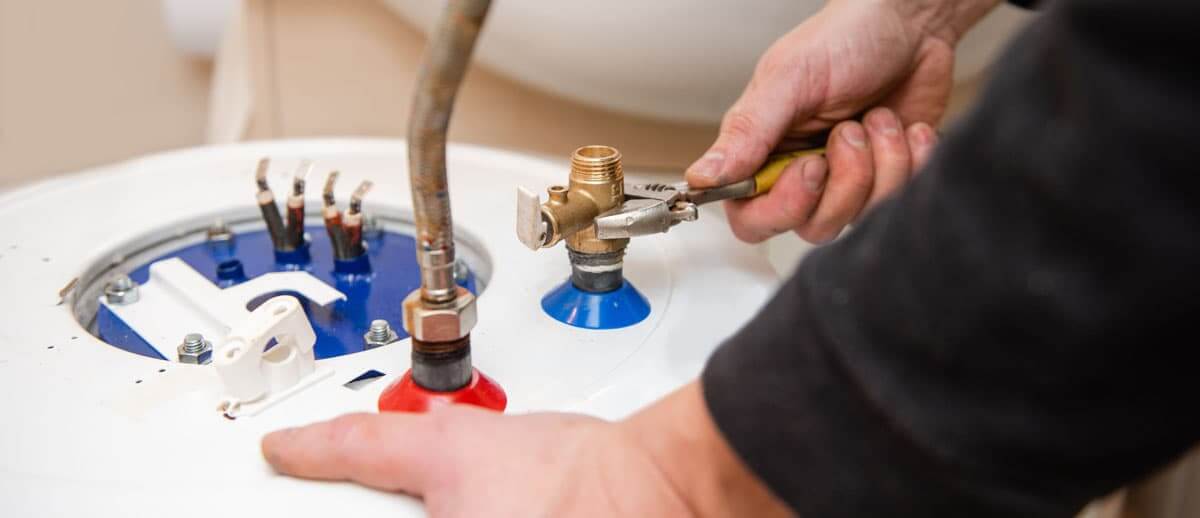Hot water is an essential part of our everyday routines, be it for showering, washing laundry or even washing dishes. But what happens when you’re faced with a low pressure in hot water which hinders these activities? Don’t worry! In this informative and interactive blog, we’ll explore different strategies and solutions to boost the pressure in your hot water system. From identifying the root cause to implementing practical solutions that will help you get the most out of your hot water system, we’ve got it covered.
Understanding The Hot Water System
Before we go into the ways to increase the pressure of hot water, let’s look at the fundamental elements of the common hot water system. The hot water system typically includes water heaters (tank-based or tankless), valves, pipes and fittings (such as showerheads and faucets). The water heater is the one that heats the water which flows through pipes until it reaches the fixtures you want.

Identifying The Causes Of Low Hot Water Pressure
To solve the problem of low pressure in hot water it is crucial to determine the root cause. Here are some common causes that may cause low hot water pressure
Sediment buildup: Over time mineral deposits and even sediment build up inside the tank for the water heater decreasing its efficiency and limiting flow of water.
Clogged Pipes: Sediment debris or rust may build up in pipes, causing blockages to the flow of hot water.
Pressure Regulator Valve: A defective pressure regulator valve could limit the hot water pressure across the whole system.
Fixture Problems: Bad fixtures, like showerheads or aerators that are blocked can hinder water flow, leading to decreased pressure.
Increasing Hot Water Pressure: Practical Tips And Solutions
After we’ve identified the possible reasons for low pressure in hot water, let’s look at different ways to boost it and restore the flow of hot water throughout your home.

Flushing The Water Heater Tank:
- Shut off the gas or power supply to the water heater.
- Connect an extension pipe to the drain valve on the bottom of the tank.
- The valve should be opened to allow water to flow out until it’s clear, removing any sediment that has accumulated.
- Shut off the drain valve, then fill the tank prior to restarting gas or power.
Clearing Clogged Pipes:
- Locate the shut-off valve that is on the hot water supply line.
- Turn off the valve, then switch on the hot water faucets in your home to let out any remaining pressure.
- Connect the hot water supply line to the water heater.
- With a plumber’s snake, or a pipe cleaner remove any obstructions from the pipe.
- Reconnect the supply line, and gradually switch on the hot water source to ensure that it is flowing properly.
Checking The Pressure Regulator Valve (If You Have One):
- Locate the valve to regulate pressure usually near the water meter, or the point at which the main water supply enters your home.
- Set the valve so that it increases pressure by turning it counterclockwise.
- If you suspect that the valve may be defective you should consider contacting an expert plumber to fix or replace it.
- Fixing Fixture Issues:
- Clean showerheads and aerators by taking them to the sink in a solution of vinegar or by using a descaling solution.
- If cleaning doesn’t improve flow, you might want to replace the fixtures with less-flow options designed to keep good pressure.
Installing A Water Pressure Booster Pump:
- Contact a professional plumber to evaluate the hot water supply and decide if a pressure booster pump is required.
- If it is recommended, you should have a booster pump installed in order to increase the pressure of the water throughout the system.
Interactive Tips To Monitor And Optimise Hot Water Pressure
Alongside the solutions discussed previously, here are also interactive suggestions you can apply to control and optimise the hot water pressure within your home:
Pressure Gauge Installation: Think about the installation of a pressure gauge next to your hot water tank or in a suitable place. This will let you check the pressure and identify any sudden fluctuations or changes and allow you to take swift action when needed.
Regular Maintenance: Set up a regular maintenance program for your hot water heater. This involves periodic flushing of the tank that holds your water heater as well as cleaning and inspecting the fixtures, as well as checking for leaks or indications of damage to the pipes. Regular maintenance can help to identify and resolve any potential problems before they become serious issues.
Water-saving habits: Encourage water-saving practices in your home to maximise the pressure of hot water and reduce the overall consumption of water. Showering less frequently and making use of efficient appliances and repairing leaks quickly will help maintain pressure and help conserve resources.
Get professional advice: If you’ve tried all of the methods mentioned above and still have low pressure on hot water it is recommended to speak with an expert plumber. They are able to spot the root of the problem and conduct thorough inspections and offer a customised solution depending on your specific hot water systems and the requirements.
Exploring Advanced Solutions For Hot Water Pressure Optimization
If you are looking for advanced methods to improve hot water pressure there are other options to consider:
Upgrade to a bigger Water Heater: If your existing water heater isn’t large enough to provide the hot water requirements of your family upgrading to a higher capacity model will guarantee plenty of hot water with increased pressure.
Install a water pressure regulator: In the event that the pressure of water coming in from your main source is too high installing a water pressure regulator will help control and stabilise the pressure across the hot water system.
Pipe Replacement: If your house has old or corroded pipes that hinder the flow of hot water, replacing them with more modern pipes with a wider diameter can significantly increase the pressure of hot water and flow.
Think about a tankless water heater: Tankless water heaters, also referred to as on-demand water heaters, heat hot water immediately and eliminate the necessity of storage tanks. They can provide higher hot water pressure because of their sophisticated design and their continuous heating capabilities.
Be aware that these innovative solutions may require assistance from a professional to ensure the proper installation and integration into the hot water system. Always consult a licensed plumber or an expert on hot water systems to ensure best results.
Conclusion
Implementing the practical suggestions and solutions presented in this post, you can boost the pressure of hot water in your hot water system and improve the overall efficiency and functionality of the household’s water supply. From identifying the cause of low pressure to completing maintenance tasks, altering settings, and looking at more advanced options, there are many options to consider based on your particular requirements. Make sure you are taking safety into consideration when you are faced with complicated issues or require expert assistance, don’t be afraid to seek the assistance of a licensed plumber. If you take the proper method and proactive steps you can enjoy the highest hot water pressure and a better experience in your daily routine.


